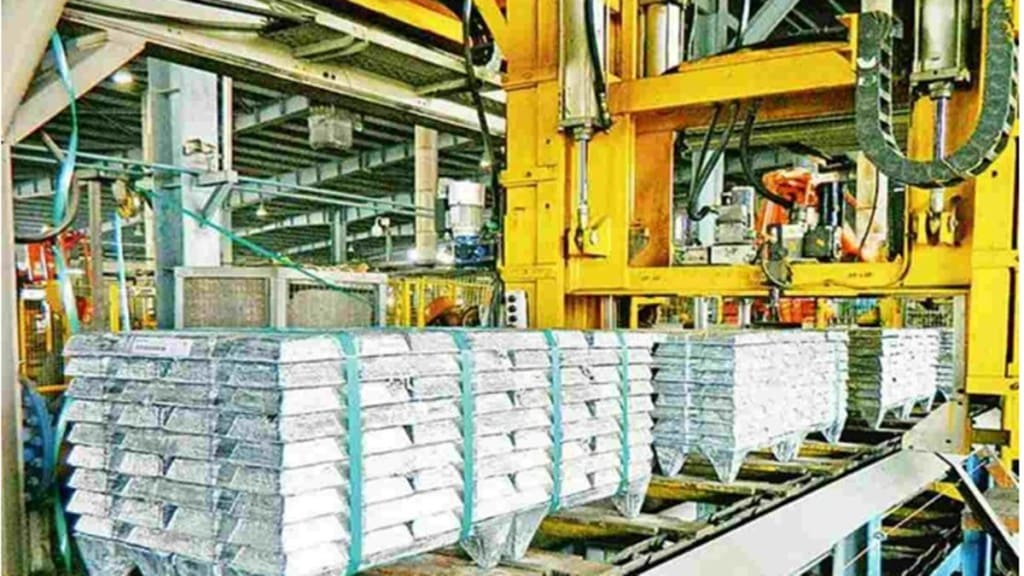Hindustan Zinc (HZL), a subsidiary of Vedanta, is setting up a 0.5 million tonne (MT) per annum fertiliser manufacturing plant at Chanderiya in Chittorgarh district of Rajasthan, according to a senior company official.
The plant, to be commissioned in the next two years, will mainly produce phosphatic fertilisers: di-ammonium phosphate (DAP) and NPK nutrients. HZL will be investing around Rs 2,500 crore to set up the fertiliser plant, which includes a roaster plant.
“The fertiliser plant will source 60-70% of the raw material from our smelters and is planning to source rock phosphate from Rajasthan,” Arun Misra, CEO, HZL, told FE. He said the rest of the raw material would be imported.
On the rationale of setting up the soil nutrients plant, Misra said HZL produces substantial quantities of sulphuric acid as a by-product, which is a major raw material for downstream fertiliser units. The unit will supply soil nutrients to farmers in and around Rajasthan.
In September 2022, the company had formed a subsidiary, Hindustan Zinc fertilisers (HZF). The main objective of the entity is to carry on manufacturing, selling and dealing with multiple grades of nitrogenous, phosphatic, and potassic fertilisers.
In addition to bulk fertilisers, the HZF plant will manufacture premium coated, crops specific and micro-nutrient based fertilisers.
Officials said the new fertiliser plant may reduce import dependence of the DAP variety of fertiliser, as nearly half of the country’s requirements are imported via west Asia, Jordan and Senegal. Imports account for a third of domestic consumption of all varieties of soil nutrients.
Also read: Majority of app developers don’t pay us commission: Apple, Google
In 2021-22, fertiliser companies in India sold 9.2 MT of DAP and 12.1 MT NPK. In the current fiscal, according to official data, 2.7 MT of DAP and 6.7 MT of NPK has been produced in the country so far, while 4.7 MT of DAP and 1.9 MT of NPK have been imported.
Fertiliser minister Mansukh Mandaviya had asked Indian fertiliser companies to strengthen their backend supply chain because of the country’s dependence on raw material like rock phosphate and phosphoric acid. Mandaviya has urged fertiliser companies to secure its supplies and hedge against price rise by expanding its footprint in mineral-rich countries through investments and multi-year import deals.
In August, Coromandel International had announced the acquisition of a 45% equity stake in Baobab Mining and Chemicals Corporation, a rock phosphate mining company in Senegal. While mining will be carried out in Senegal, the production of DAP and NPK of 1 MT annually will be done in the country.
Meanwhile, the fertiliser subsidy in the current fiscal would touch a record Rs 2.5 trillion because of a spike in global soil nutrient prices triggered by the Russia-Ukraine conflict.
Also read: Looking back at competition law in 2022
In case of urea, farmers pay a fixed price Rs 242 per bag (45 kg) against the current cost of production of around Rs 2,650 per bag. The balance is provided by the government as a subsidy to fertiliser units. For a bag of DAP, the farmers currently pay Rs 1,350, while the actual cost of the bag is around Rs 4,000.
The government provides subsidies to 177-odd companies who manufacture fertiliser and those who import soil nutrients on the basis of actual sale by the retailers to the farmers. Buyer identification is done through point-of-sale devices based on Aadhaar authentication and other documents.

